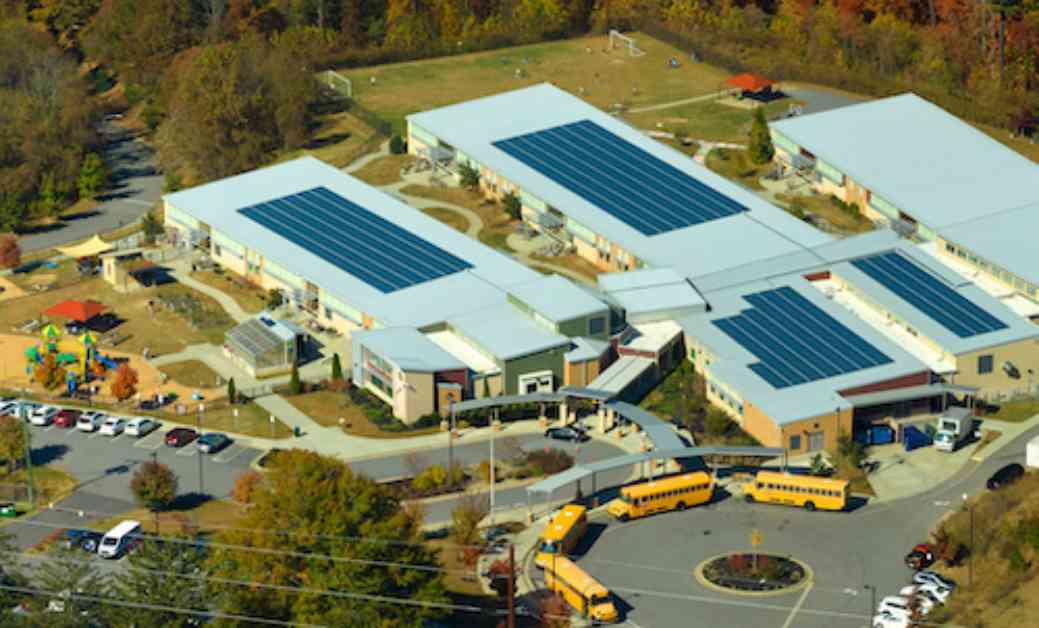K-12 facilities managers are facing challenges in managing aging infrastructure and budget constraints, as revealed by a recent survey conducted by Incident IQ. With school buildings in the U.S. averaging nearly 50 years old, these managers are finding themselves in a constant struggle to maintain and repair outdated facilities while also dealing with limited budgets that may not cover necessary replacements.
The survey highlighted that facilities teams are prioritizing reducing maintenance costs, enhancing efficiency, and updating learning environments as their main goals for the upcoming school year. R.T. Collins, CEO of Incident IQ, emphasized the importance of keeping aging buildings in good condition to ensure that students and teachers can focus on learning effectively. He pointed out that many teams are turning to operational technology to improve efficiency, save costs, and gain better insights into their facilities.
While some respondents believe that their current systems are somewhat effective, a significant number of teams are considering investing in technology solutions to gain more visibility into their work. The top technology considerations include Computer Maintenance Management Software (CMMS), mobile applications for staff, digital maintenance tracking, and automated scheduling systems.
The survey, commissioned by Incident IQ and conducted by Spaces4Learning, involved polling 46 U.S.-based K-12 Facilities Managers in July 2024. It aimed to identify the main challenges faced by facilities teams in the upcoming school year, focusing on technology adoption, response to facilities requests, and data utilization for decision-making.
As schools continue to grapple with budget pressures and increased service expectations, the adoption of technology solutions is expected to grow. By leveraging tools like CMMS, mobile apps, and digital tracking systems, facilities managers can streamline workflows, improve communication, and make more informed decisions to address the needs of their aging infrastructure.
In conclusion, K-12 facilities managers are recognizing the importance of efficient budget management strategies to overcome the challenges posed by aging school buildings and limited financial resources. By investing in the right technology solutions and prioritizing key goals such as reducing maintenance costs and enhancing efficiency, these managers can ensure that their facilities support optimal learning environments for students and teachers.







